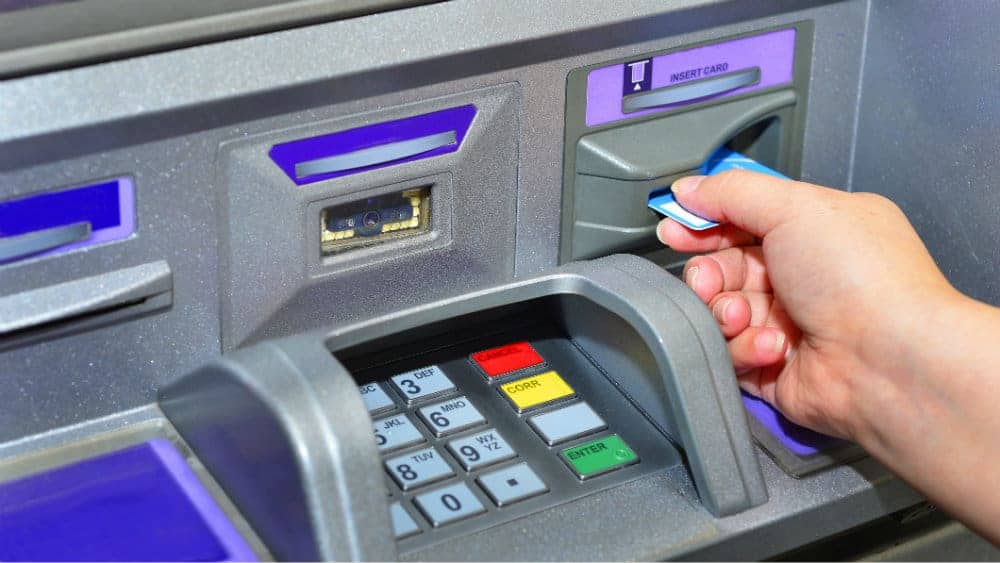
The Big Five Canadian banks have been excellent long-term investments with above-average dividends and predictability. In most years, their earnings are either stable or increasing.
For example, Royal Bank of Canada has been a perfect wealth generator for conservative long-term investors. Since 2001, the banking leader has delivered annual total returns of 9.9%.
Unfortunately, compared to its peers, Royal Bank is a tad more expensive. Thankfully, this means peers like Toronto-Dominion Bank (TSX:TD)(NYSE:TD) and Bank of Nova Scotia (TSX:BNS)(NYSE:BNS) are on sale. In fact, if I didn’t own these two quality banks already, I’d buy some shares now.
Long-term investors would have gotten their original investment back already from the dividends alone.
TD Bank If you invested $10,000 in TD Bank in 2003, you would have received more than $10,500 of dividends. In the period, the investment delivered total returns of about 10.1% per year, beating the U.S. market returns by about 2% per year! Your yield on cost would have increased from about 3% to 12%!
What this means is that your original investment would deliver 12% or more in returns from the dividends alone from here on as long as TD maintained or increased its dividend — no matter what the share price does.
What’s more to like is that you can be sure to hold on to the stock and expect the payout to be stable or increase year after year.
At $73.75 per share as of writing, TD Bank trades at a price-to-earnings ratio (P/E) of about 11.1; the quality bank trades at a meaningful discount from its long-term normal P/E of 12.5.
Analysts at Thomson Reuters have a 12-month mean target of $83.10 on TD Bank, which represents near-term upside potential of more than 12%. Meanwhile, the bank also offers a very safe dividend paying out 4% annually.
Scotiabank If you invested $10,000 in Scotiabank in 2003, you would have received more than $10,300 of dividends. In the period, the investment delivered total returns of about 7.8% per year, roughly matching the U.S. market returns of about 8.1% per year but generating 2.2 times more in dividend income. Moreover, your yield on cost would have climbed from about 4% to 10%.
What’s more to like is that you can be sure to hold on to the stock and expect the payout to be stable or increase year after year.
At $71.62 per share as of writing, Scotiabank trades at a P/E of about 10, the quality bank trades at a decent discount from its long-term normal P/E of 12.4.
Analysts at Reuters have a 12-month mean target of $80.60 on Scotiabank, which represents near-term upside potential of more than 12%. Meanwhile, the bank also offers a very safe dividend paying out 4.9% annually.
Investor takeaway The big Canadian banks are categorized as the soundest banks in the world. They are buy-and-hold stocks for investors to generate long-term wealth. Simply buy them on dips and watch your income and wealth grow. Right now, TD Bank and Scotiabank offer the best value among the Big Five banks.
Fool contributor Kay Ng owns shares of Bank of Nova Scotia and Toronto-Dominion Bank. Bank of Nova Scotia is a recommendation of Stock Advisor Canada.
The Motley Fool’s purpose is to help the world invest, better. Click here now for your free subscription to Take Stock, The Motley Fool Canada’s free investing newsletter. Packed with stock ideas and investing advice, it is essential reading for anyone looking to build and grow their wealth in the years ahead. Motley Fool Canada 2019